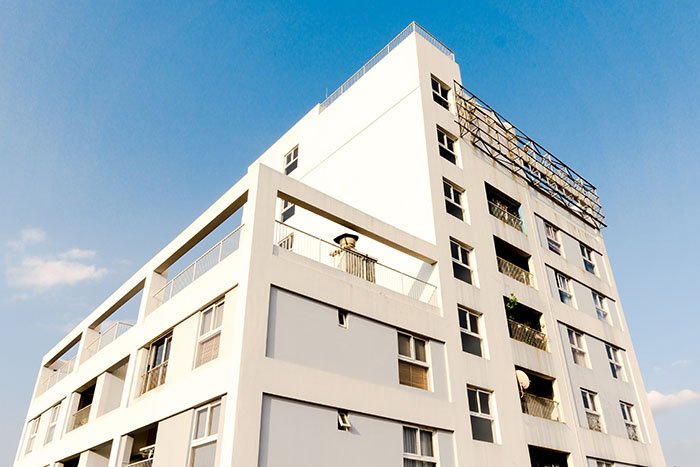In a surprising move, I Gede Sri Darma, an economic observer from the National Education University (Undiknas) has proposed that Bali consider the construction of multi-storey buildings between ten and twenty floors to be used for schools or hospitals, report DetikBali.
A regulation introduced in the early 1970s based around the idea that no building should be taller than Pura Besakih, the tallest and holiest temple in Bali, has since restricted buildings to a height of 15-metres (around the height of a regular coconut tree.) The exception to this is the 10-floor Grand Bali Beach hotel, which was built in 1966 before the regulation was introduced.
Darma argues building taller is a possible solution to deal with land conversion and increasingly narrow land in Bali, adding that the construction should be carried out on dry land or land that is no longer productive. “Like Klungkung and Karangasem, dry areas cannot be planted with rice fields, so they can only be used as buildings,” he said to DetikBali.
“For example, in the hospital or the education sector, it’s better to have more than 10 floors than being overcrowded in a hospital like in Sanglah,” said Darma adding that construction would also absorb a lot of manpower.
The aim is to diversify Bali’s economic growth sector so that it does not solely rely on tourism. When the COVID-19 pandemic hit, Bali’s economic growth was minus/ negative for two consecutive years.
“Did the wheels of the economy run in Bali (during a pandemic)? No! Therefore, so that there will be no famine or cloudy skies, Bali must look for alternatives to economic growth other than tourism,” added Darma. And the agricultural sector in Bali isn’t enough to meet the needs of the island’s population.
According to Darma, Bali can take advantage of the Law on the Province of Bali by amending regional regulations regarding the construction of high-rise buildings beyond the height of coconut trees as stipulated in the previous regional regulation, say DetikBali.
Source: DetikBali

